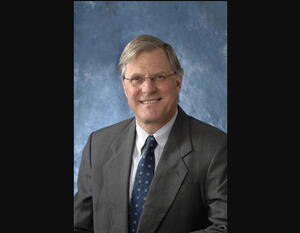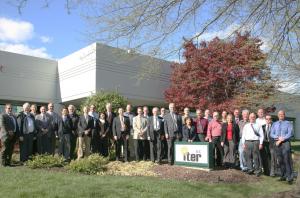It has been a busy season for the US Domestic Agency, as the team positions for fabrication in late Fiscal Year 2012 and Fiscal Year 2013. Our priorities remain completing designs, refining the cost and schedule for baselining in Summer 2012, and managing long-lead procurements.
Members of our team supported Office of Science Director Bill Brinkman and Fusion Energy Sciences Associate Director Ed Synakowski at the June ITER Council meeting in Aomori, Japan. The focus of this meeting was to review progress and provide direction to ITER Director-General Osamu Motojima regarding refinement of plans. Schedule recovery and cost reduction were prominent on the agenda. Participants reviewed the impact of the earthquake and tsunami in Japan on test facilities and Japanese industry, and plotted a course aimed at minimizing the impact of these disasters on ITER progress.
Motojima expressed his intent to limit the impact to a one-year schedule extension, pushing first plasma to 2020. Some of the specific challenges for US contributions to ITER include earthquake damage to the central solenoid model test facility and reductions of electricity capacity for Japanese industry, which may delay the delivery of conductor from Japan to the US for incorporation in the central solenoid.
The neutral beam test facility also suffered serious damage. Member Domestic Agencies and the ITER Organization are working together now to develop and choose solutions and next steps. In an effort to address rising costs, the US ITER Project Office (USIPO), other Domestic Agencies, and the ITER Organization are continuing to investigate strategies for significant savings that could achieve the ITER mission at lower cost.



